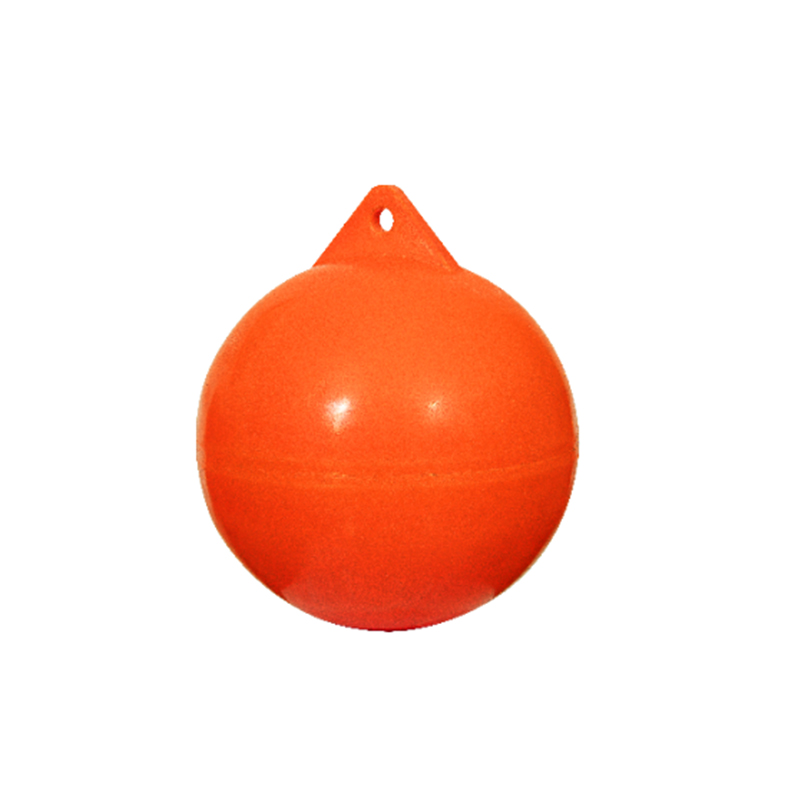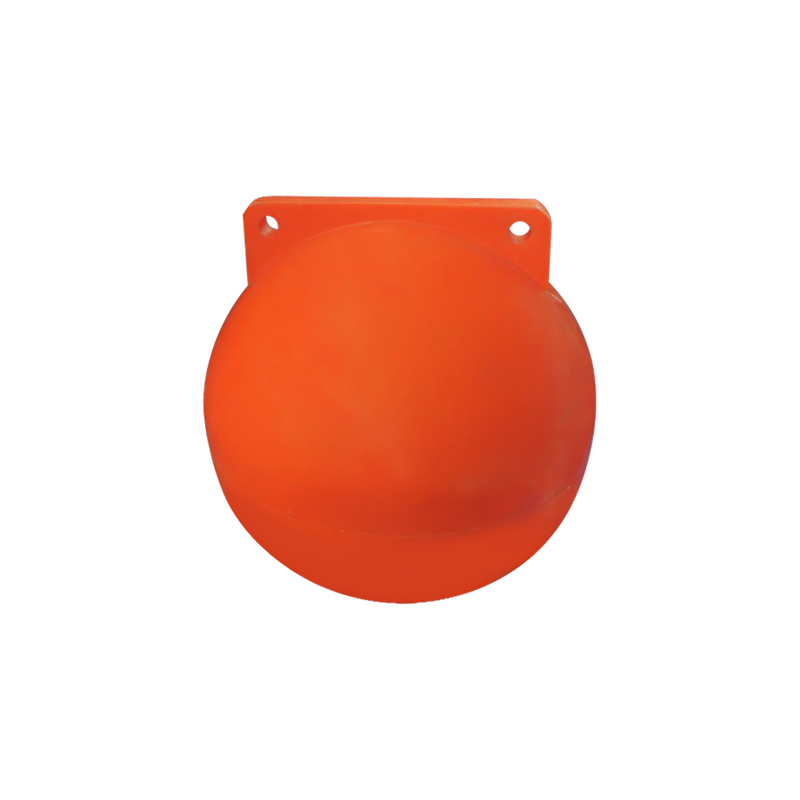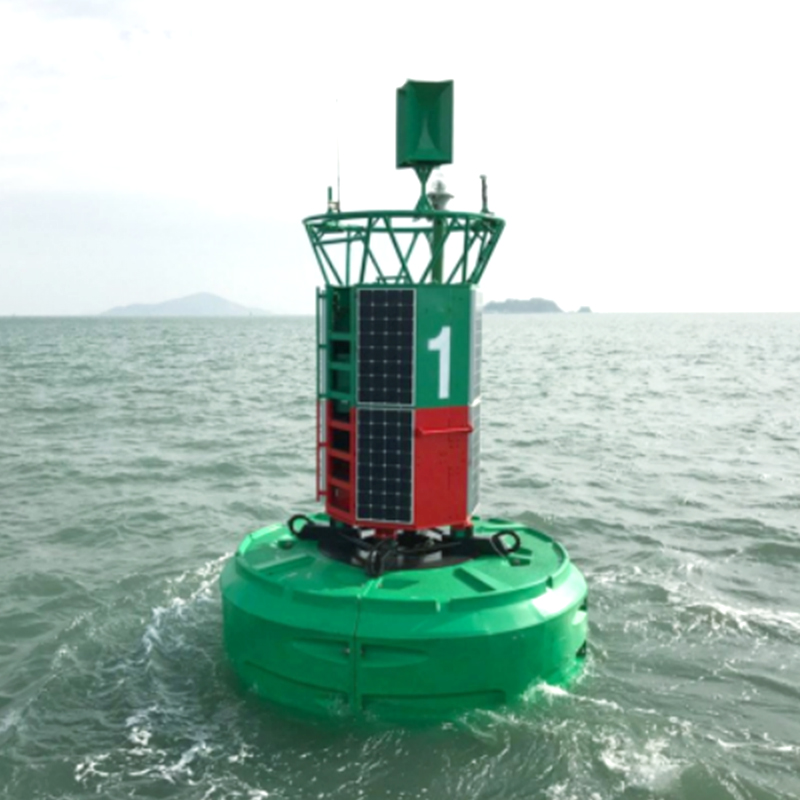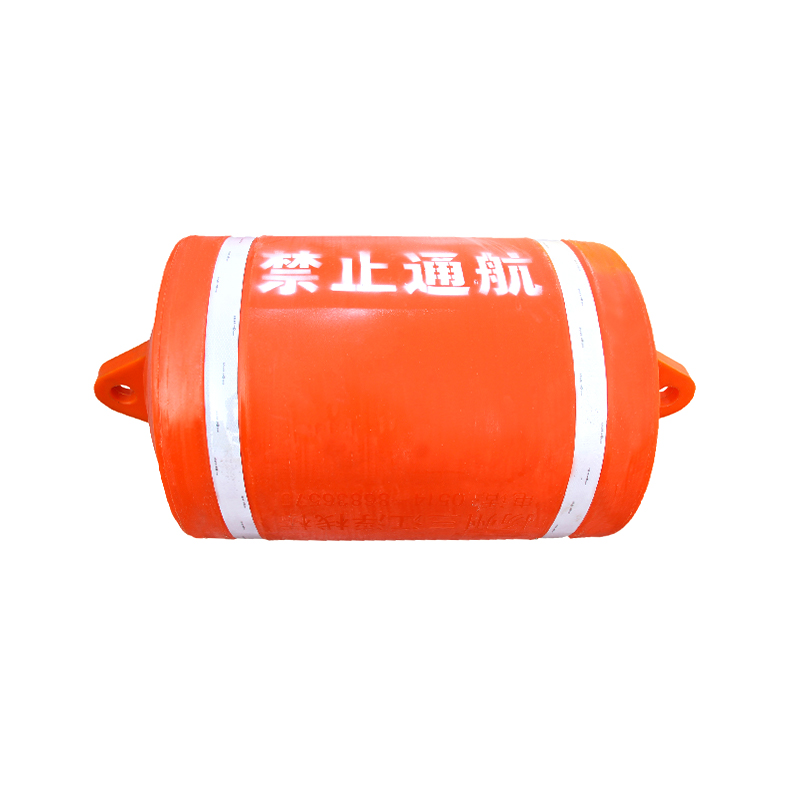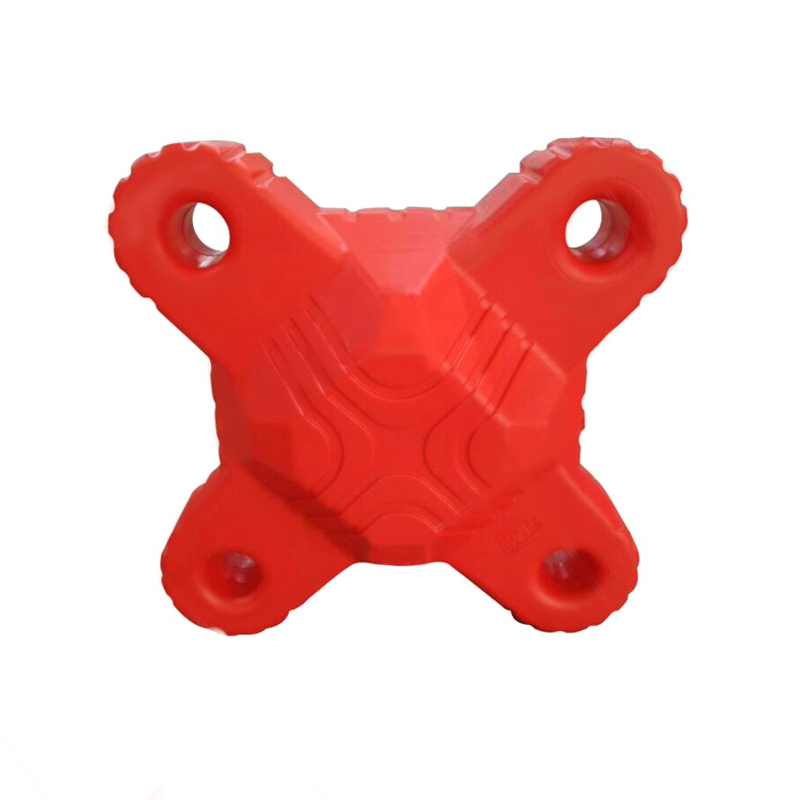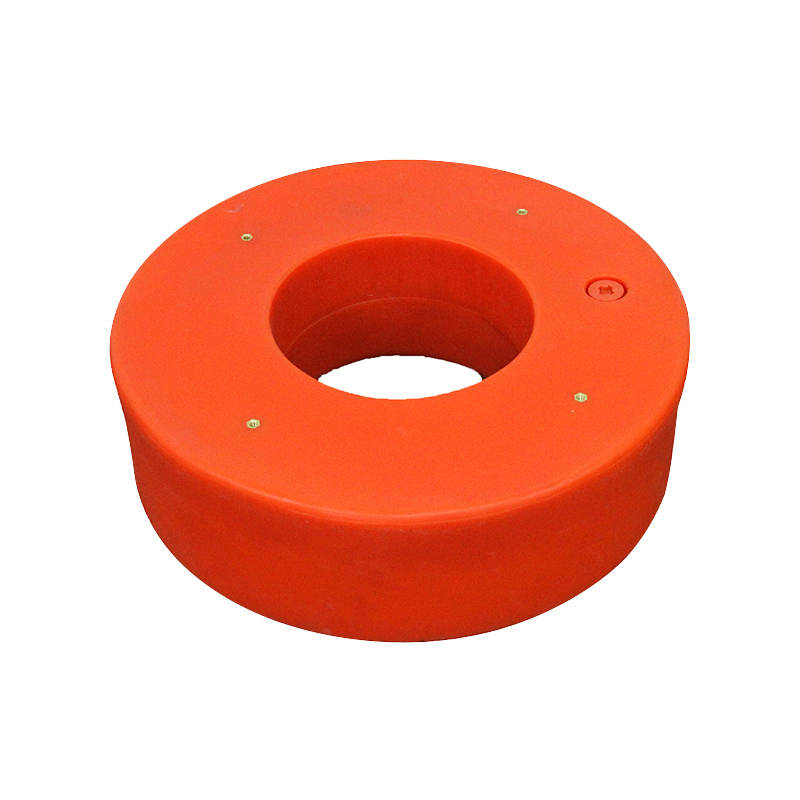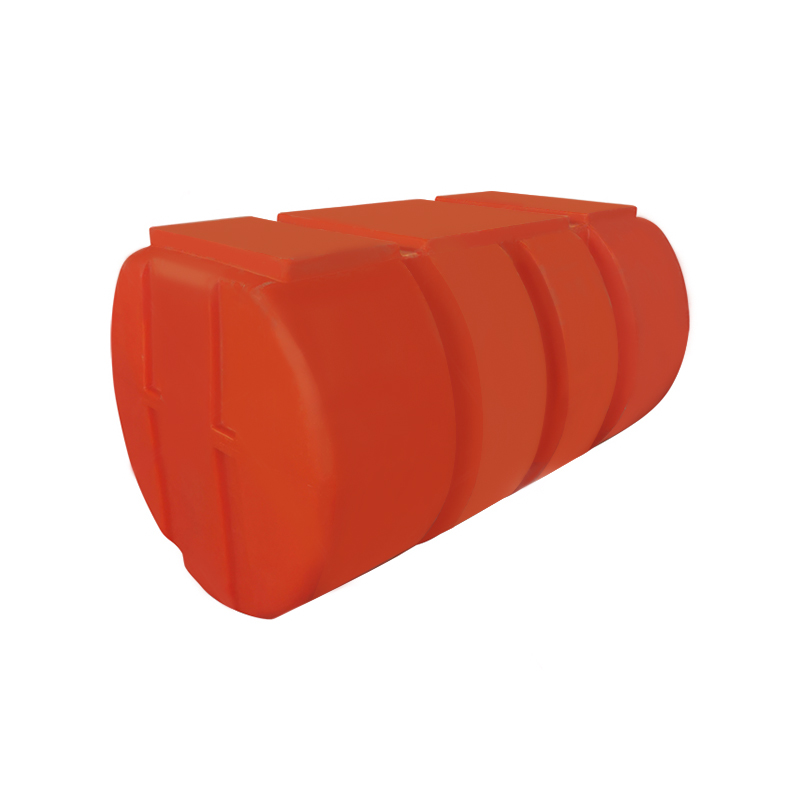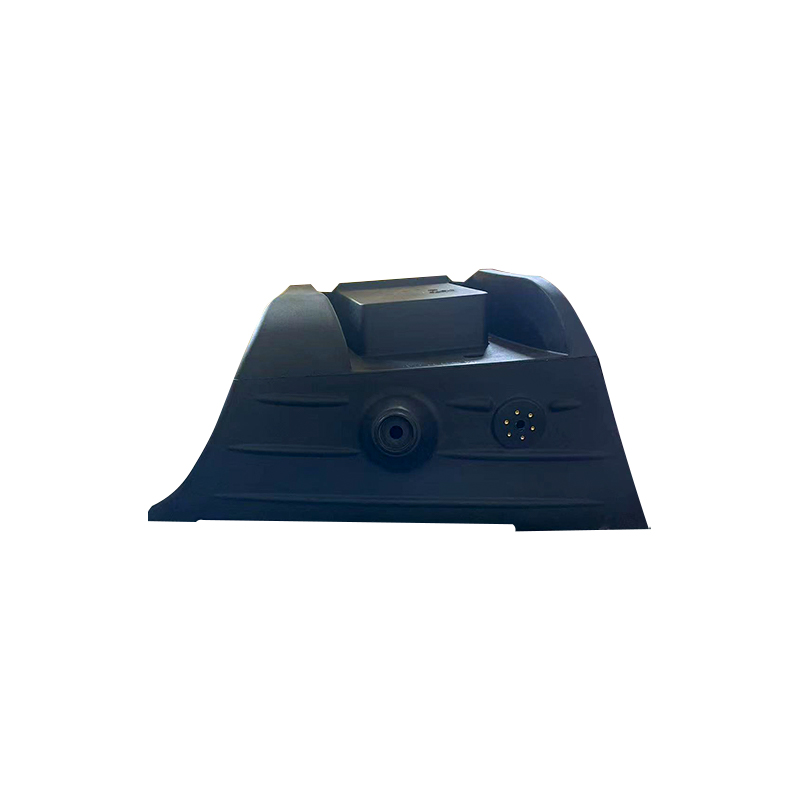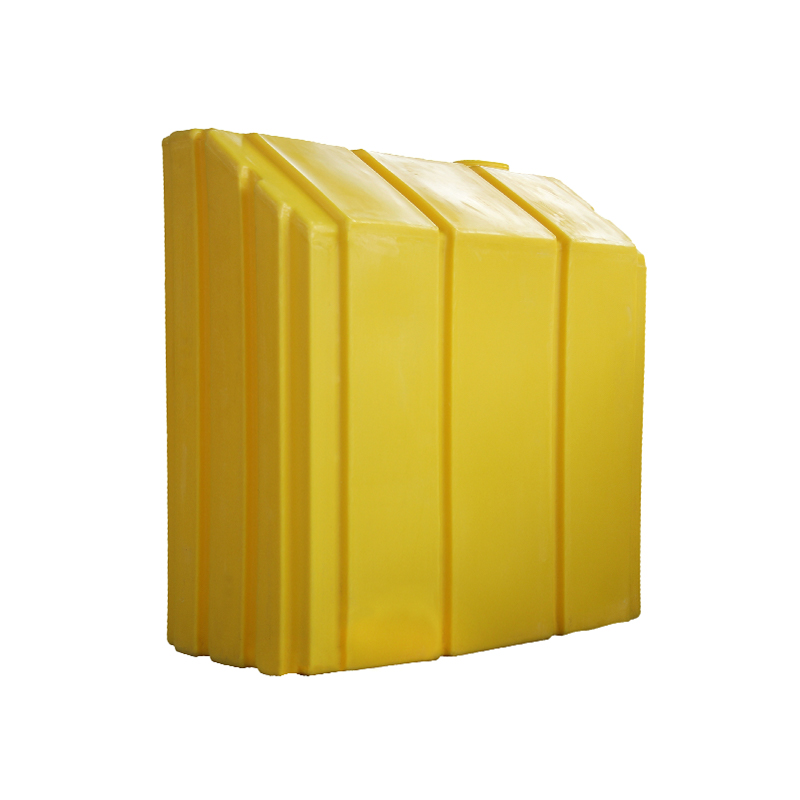Aquaculture Barrels vs. Traditional Tanks: Which is Better for Your Aquaculture Setup?
1. Introduction: The Importance of Aquaculture Equipment
Aquaculture is one of the fastest-growing agricultural industries worldwide, and the choice of equipment is crucial for its success. In the aquaculture industry, selecting the right equipment not only improves production efficiency and reduces resource waste but also ensures a healthy farming environment. With technological advancements and changing market demands, more and more types of aquaculture equipment are available on the market. Among them, Aquaculture Barrels and traditional tanks are two commonly used devices, each with its own unique advantages and applications.
2. Overview of Aquaculture Barrels
Aquaculture Barrels, as the name suggests, are containers used in aquaculture, usually made of durable plastic or other lightweight materials. They are typically designed in a circular or oval shape, capable of holding a certain volume of water and supporting the cultivation of aquatic species. Compared to traditional tanks, Aquaculture Barrels offer higher flexibility and mobility, making them more suitable for smaller or frequently changing farming environments.
Design and Features of Aquaculture Barrels
- Flexibility: Aquaculture Barrels can be easily combined and resized as needed, making them adaptable to different farming environments.
- Versatility: They are suitable for a variety of aquaculture farms, including freshwater, seawater, and even recirculating aquaculture systems (RAS).
- Convenience: Due to their lightweight design, they are easy to transport and assemble, which is ideal for mobile farming systems.
3. Overview of Traditional Aquaculture Tanks
Traditional aquaculture tanks are large containers usually made of steel, fiberglass, or other durable synthetic materials. These tanks are widely used in aquaculture, especially in large-scale commercial farming and long-term fixed farming systems. Traditional tanks can provide a more stable aquatic environment, making them more suitable for large-scale operations.
Design and Features of Traditional Tanks
- Large Capacity: Traditional tanks are designed to hold large volumes of water, making them suitable for farming large numbers of fish or other aquatic species.
- Stability: Due to their size, traditional tanks can better maintain water temperature and water quality stability, ensuring a more stable environment for long-term farming.
- Durability: These tanks are typically made of strong, corrosion-resistant materials, giving them a longer service life and better resistance to wear and tear.
4. Advantages of Aquaculture Barrels
Aquaculture Barrels offer a variety of advantages in aquaculture, particularly in terms of flexibility, cost-effectiveness, and ease of maintenance.
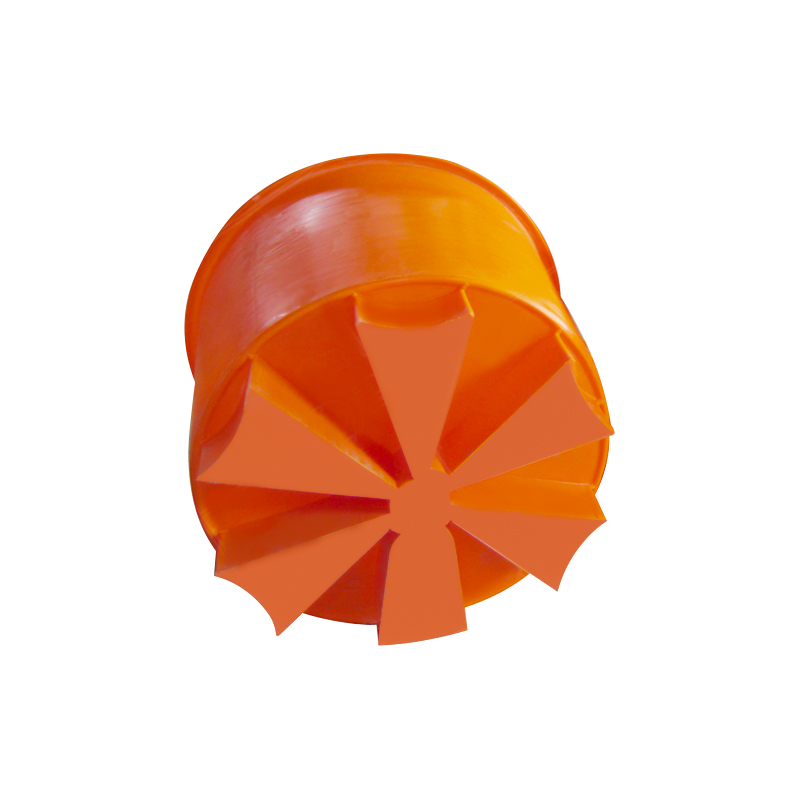
Flexibility
Aquaculture Barrels are highly adaptable and can be quickly adjusted or reconfigured based on the needs of the farm. For instance, in response to seasonal changes or different species requirements, farmers can easily add or remove barrels or relocate them as needed.
Mobility
Unlike traditional tanks, Aquaculture Barrels are highly portable. This makes them especially useful for small-scale or mobile farming operations. For small aquaculture businesses, the mobility of Aquaculture Barrels allows for better space utilization and flexibility.
Ease of Maintenance
Aquaculture Barrels are relatively easy to clean and maintain, with smooth surfaces and seamless construction that minimize the accumulation of dirt and bacteria. They are also less prone to water scale or debris buildup, reducing the maintenance workload.
Space Efficiency
Aquaculture Barrels can be configured into different setups, maximizing limited space, which is particularly beneficial for urban or space-constrained farming environments.
5. Advantages of Traditional Tanks
While Aquaculture Barrels have clear advantages in flexibility and cost, traditional tanks remain an essential choice in some contexts.
Large Capacity
Traditional tanks typically have a larger water-holding capacity, making them ideal for large-scale farming operations. If you’re farming on a large scale, traditional tanks provide the necessary water volume to sustain a large number of fish or other species.
System Stability
Due to their size, traditional tanks offer greater stability in terms of water quality and temperature. With a larger volume of water, they help maintain a more consistent environment, which is critical for long-term aquaculture operations.
Durability
Traditional tanks are usually made from more robust materials, allowing them to withstand long-term use. Their durability makes them a good investment for farms looking to operate for extended periods.
6. Comparison of Aquaculture Barrels and Traditional Tanks
Here’s a direct comparison between Aquaculture Barrels and traditional tanks to help you understand the key differences:
| Feature | Aquaculture Barrels | Traditional Tanks |
|---|---|---|
| Flexibility | High, can be adjusted and rearranged easily | Low, fixed structure, not easily adjustable |
| Suitable Scenarios | Small-scale farms, mobile systems | Large-scale commercial farms, long-term fixed systems |
| Maintenance | Low, easy to clean and maintain | High, more time and effort required for cleaning |
| Capacity | Smaller, suitable for small-scale farming | Larger, suitable for large-scale farming |
| Cost | More economical, suitable for limited budgets | Higher initial cost, suitable for larger investments |
7. How to Choose the Right Equipment
Choosing the right equipment depends on multiple factors, including farm size, species, budget, and future plans. Below are key considerations when selecting the right equipment:
Scale Factor
- Small-Scale Farms: For smaller farms, Aquaculture Barrels are a more flexible and cost-effective choice.
- Large-Scale Farms: Traditional tanks are better suited for large-scale farming, offering larger capacities and greater system stability.
Species
- Fish Farming: Aquaculture Barrels are ideal for a variety of fish species, including salmon, cod, and others.
- Shrimp Farming: For species like shrimp that require more stable water quality and temperature control, traditional tanks may be the better option.
Budget Constraints
- For farms with limited budgets, Aquaculture Barrels are an affordable choice due to their lower initial investment and maintenance costs. Traditional tanks, while more expensive, may be more suitable for larger farms looking for long-term stability.


 English
English عربى
عربى



